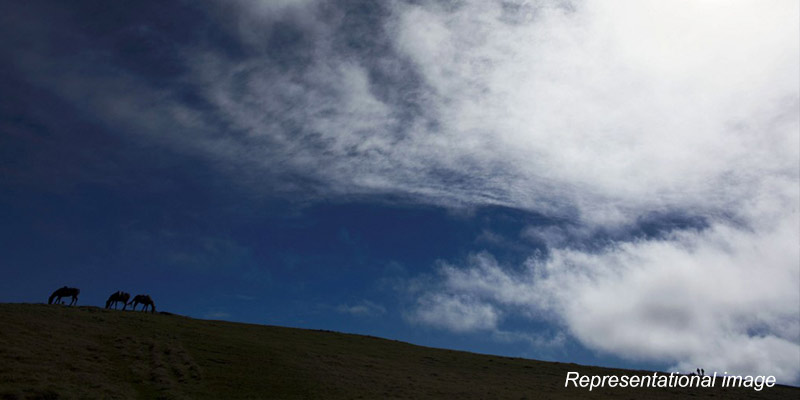- World
- Nov 24
What is Southern Annular Mode (SAM)?
Scientists from the Indian National Centre for Ocean Information Services (INCOIS) have found that the Southern Annular Mode (SAM) plays a key role in shaping the sea conditions across the Indian Ocean.
What is INCOIS?
• Indian National Centre for Ocean Information Services (INCOIS) was established as an autonomous body in 1999 under the ministry of earth sciences (MoES) and is a unit of the Earth System Science Organisation (ESSO).
• INCOIS is mandated to provide the best possible ocean information and advisory services to society, industry, government agencies and the scientific community through sustained ocean observations and constant improvements through systematic and focussed research.
• INCOIS, being the central repository for marine data in the country, receives large oceanographic data in real time, from a variety of in-situ and remote sensing observing systems.
• INCOIS has a prominent international presence, being a permanent member of the Indian delegation to Intergovernmental Oceanographic Commission (IOC) of UNESCO and a founding member of the Indian Ocean Global Ocean Observing System (IOGOOS).
Southern Annular Mode (SAM)
• The Southern Annular Mode (SAM), also known as the Antarctic Oscillation (AAO), describes the north-south movement of the westerly wind belt that circles Antarctica, dominating the middle to higher latitudes of the southern hemisphere.
• This belt of westerly winds is also associated with storms and cold fronts that move from west to east.
• The changing position of the westerly wind belt influences the strength and position of cold fronts and mid-latitude storm systems.
• The SAM has three phases: neutral, positive and negative. Each positive or negative SAM event tends to last for around one to two weeks, though longer periods may also occur. The time frame between positive and negative events is quite random, but typically in the range of a week to a few months. The effect that the SAM has on rainfall varies greatly depending on season and region.
Northern Annular Mode (NAM)
• The Arctic Oscillation (AO) refers to an atmospheric circulation pattern over the mid-to-high latitudes of the northern hemisphere. The most obvious reflection of the phase of this oscillation is the north-to-south location of the storm-steering, mid-latitude jet stream. Thus, the AO can have a strong influence on weather and climate in major population centers in North America, Europe, and Asia, especially during winter.
• It also called the Northern Annular Mode (NAM).
• When the AO is strongly positive, a strong mid-latitude jet stream steers storms northward, reducing cold air outbreaks in the mid-latitudes.
• When the AO is strongly negative, a weaker, meandering jet dips farther south, allowing Arctic air to spill into the mid-latitudes.
Manorama Yearbook app is now available on Google Play Store and iOS App Store

